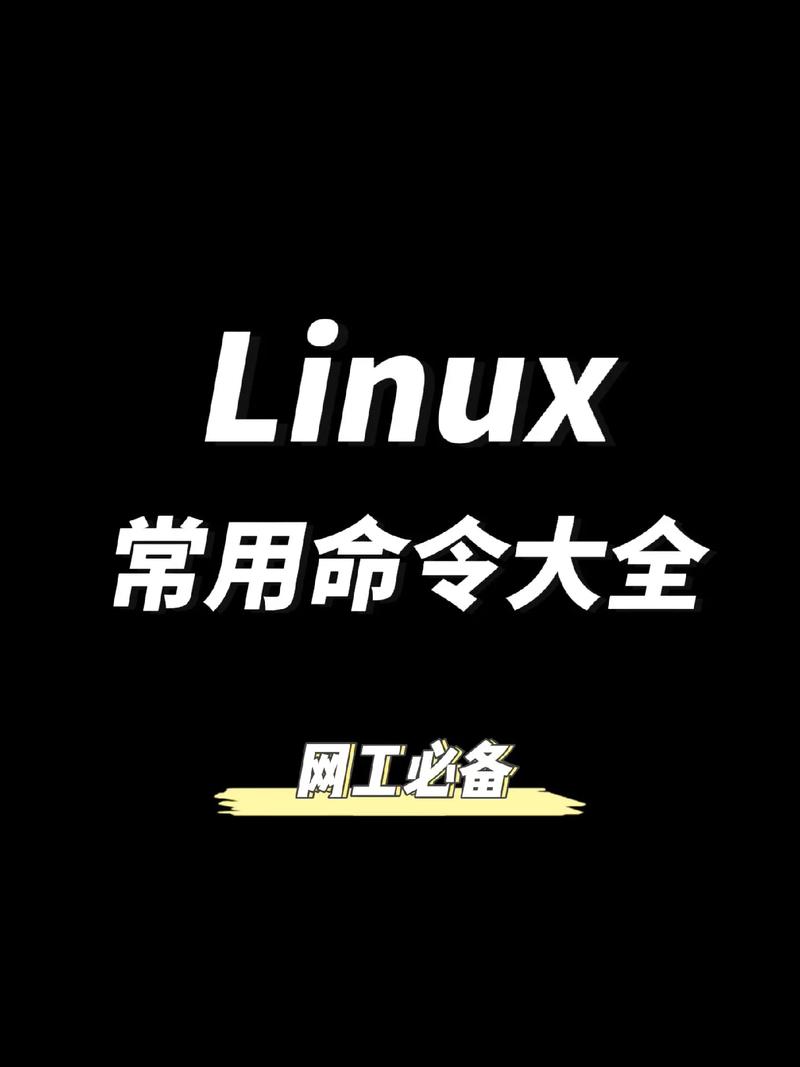
How Can Games Charge Money in Linux?
Linux, known for its open-source nature and flexibility, has become a popular platform for gaming. With a vast array of games available, developers have found various ways to monetize their creations. Whether it’s through in-game purchases, subscriptions, or other methods, here’s a detailed look at how games can charge money in Linux.
1. In-Game Purchases
In-game purchases are one of the most common ways games charge money in Linux. These purchases can range from cosmetic items like skins and avatars to in-game currency or power-ups that give players an advantage. Here’s how it typically works:

| Item | Price | Description |
|---|---|---|
| Skin Pack | $5.99 | Customize your character with a new look. |
| In-Game Currency | $9.99 | Use to purchase items or services within the game. |
| Power-Up | $2.99 | Temporarily boost your character’s abilities. |
Developers often use platforms like Steam, GOG, or their own websites to facilitate these purchases. They can also integrate payment gateways like PayPal, credit cards, or mobile payments to make the process convenient for users.
2. Subscriptions
Another popular method is subscriptions, where users pay a recurring fee to access the game and its features. This can include access to all in-game content, exclusive benefits, or early access to new updates. Here’s how it works:
Subscriptions are typically offered through platforms like Steam, GOG, or the game’s official website. Users can choose a monthly, quarterly, or annual subscription plan. Some games offer a free trial period to let users test out the subscription service before committing.
3. Crowdfunding
Crowdfunding has become a popular way for developers to finance their Linux games. Platforms like Kickstarter, Indiegogo, and Patreon allow developers to raise funds from interested players. In return, backers often receive exclusive rewards, such as early access to the game, beta testing opportunities, or in-game items.
Here’s how crowdfunding typically works:
- Developers create a campaign with a funding goal and a deadline.
- Backers pledge money to support the game’s development.
- In return, backers receive rewards based on their contribution level.
4. Advertising
While not a direct way to charge money, advertising can be a significant source of revenue for Linux games. Developers can integrate ads into their games, which can be displayed in various forms, such as banners, interstitials, or video ads. Here’s how it works:
- Developers partner with ad networks like AdMob, Chartboost, or Unity Ads.
- Ad networks provide ad placements within the game.
- Users view ads, and developers earn revenue based on ad impressions or clicks.
5. Pay-Per-Download
Some Linux games offer a pay-per-download model, where users pay a one-time fee to download and play the game. This model is less common in the Linux gaming scene but can still be found in certain titles. Here’s how it works:
- Users visit the game’s official website or a digital distribution platform.
- Users pay the one-time fee to download the game.
- Users can then install and play the game on their Linux system.
While these methods are popular, it’s important to note that developers must consider the user experience and ensure that their monetization strategies don’t detract from the game’s enjoyment. By finding the right balance, developers can create successful Linux games that generate revenue while providing a great gaming experience.




